The fall can be a fun time for toddlers. With the weather cooling down, and…
Warmer weather and longer days are the perfect invitation for children to step outside and explore the natural world. Outdoor STEM activities blend science, technology, engineering, and math with hands-on experiences in nature. Whether you’re setting up a backyard experiment, leading a nature walk at the park, or organizing a school robotics team coding challenge, these ideas from our 5-Star Raleigh preschool will help children connect learning with play while developing skills they can use for years to come.
Table of Contents
Benefits of Engaging Kids in STEM Outdoor Activities
Outdoor STEM encourages children to observe, investigate, and problem-solve in real-world environments. By connecting scientific concepts to the natural world, kids discover how STEM principles apply to their everyday lives.
Why Easter Activities Are So Much Fun for Toddlers
Easter offers a unique opportunity to blend learning with seasonal celebration. For preschoolers, participating in Easter crafts, games, and sensory play supports a wide range of early development goals in a fun, interactive way.
Top of the Most Valuable STEM Activities
These outdoor STEM activities are designed to be simple, engaging, and adaptable for different age groups. Many use everyday or recycled materials, so you don’t need fancy supplies to get started.
1. Nature Bingo
Take a nature walk and turn it into a scavenger hunt. Print or draw bingo cards filled with items like “red leaf,” “butterfly,” or “smooth rock.” This game is a fun science activity that introduces observation, classification, and appreciation for the natural world.
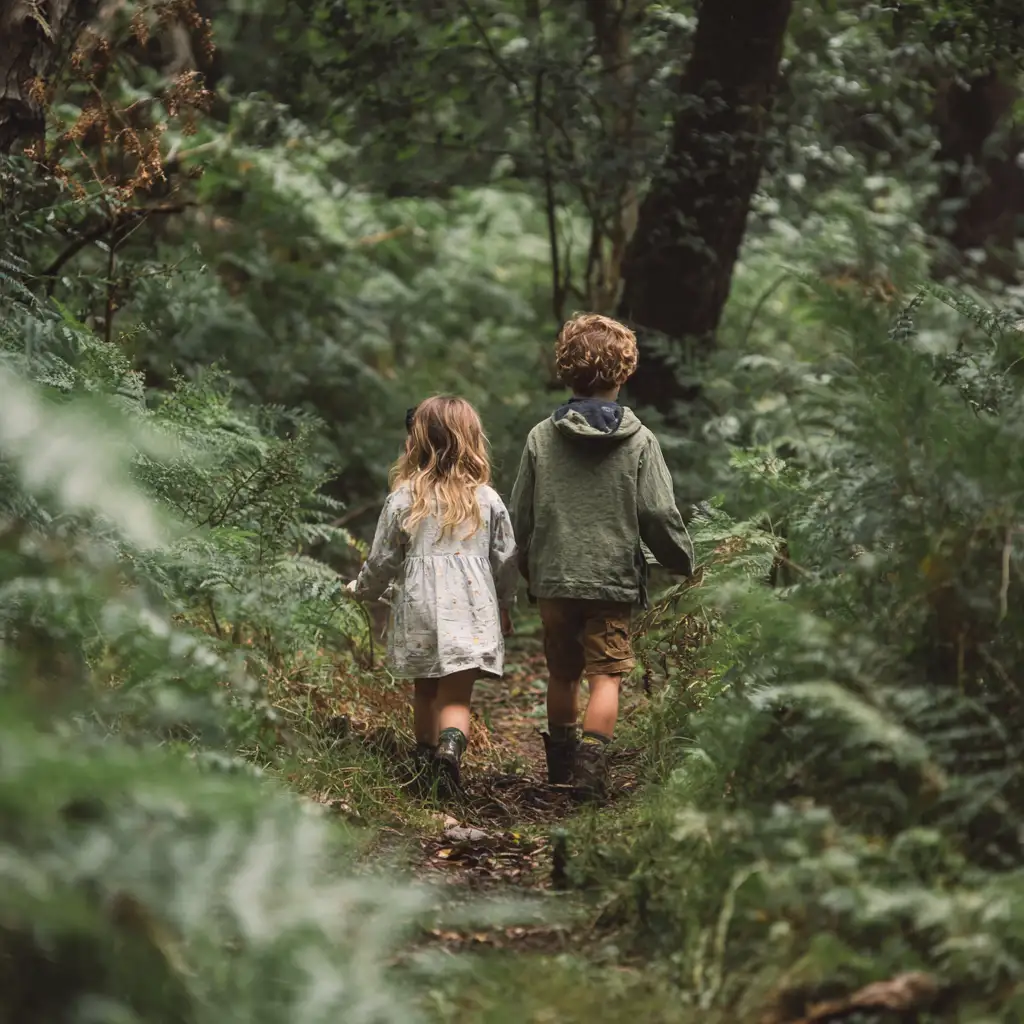
How to Play:
- Give kids a clipboard and a pencil.
- As they spot each item, encourage them to ask questions or share facts.
- Add an educational twist by challenging them to group findings into categories such as living vs. nonliving.
Best for: Toddlers and young learners.
How to Enrich for Preschoolers: Use picture-based cards with simple, colorful images and limit the items to common things they can spot easily.
2. Sun Shelter Engineering Challenge
Challenge students to design a shelter that blocks UV rays to protect UV-sensitive bead animals from changing color. This engineering challenge encourages problem-solving, creativity, and engineering skills.
Materials Needed: UV-sensitive beads, pipe cleaners, construction paper, tape, scissors, and recycled materials.
How to Play:
- Students create their bead “animals.”
- Design and test shelters outdoors using the engineering design process—plan, build, test, and improve.
- Discuss how materials can protect from sunlight and why shelter design matters in real life.
Best for: Elementary students ready to think like engineers.
How to Adapt for Preschoolers: Pre-assemble bead animals and offer larger building materials like cardboard pieces and paper plates to make construction easier.

3. Outdoor Maze Design
Students create a maze on paper, then bring it to life using wood craft sticks, branches, or chalk. This activity connects physical building with logical thinking and can be tied into a school robotics club or coding event.
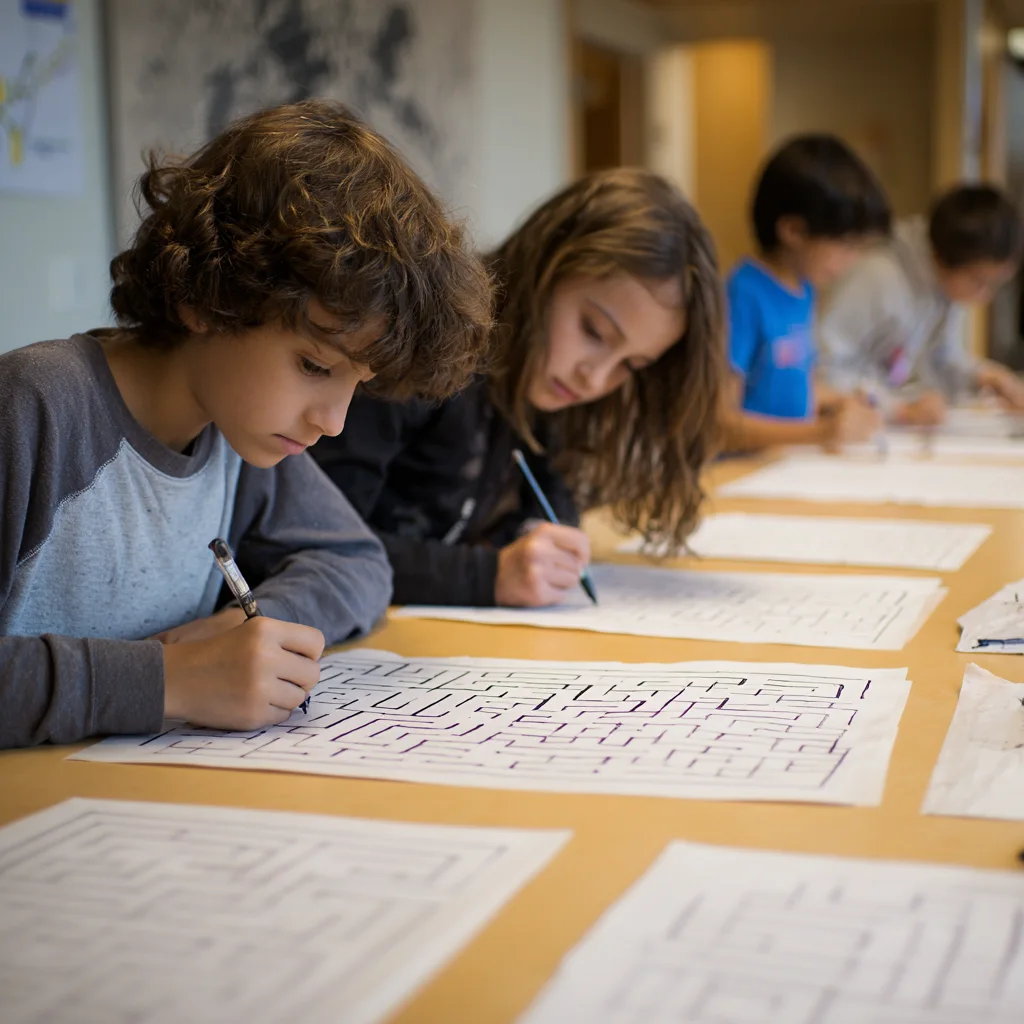
How to Play:
- Assign roles such as designer, builder, and tester.
- Use trial and error to refine the maze, discussing air resistance and path efficiency.
- Optionally, integrate robotics by programming a small robot to navigate the maze or use a code program for added STEM depth.
Best for: Group play and collaboration.
How to Adapt for Preschoolers: Create a simple chalk path for them to follow or use blocks to build a mini walk-through maze.
4. Math Racers
Scatter math problem cards in a safe outdoor space. Students solve equations to move forward in a race. This is a cross curricular activity that combines movement, problem-solving, and math skills.
How to Play:
- Adjust equations for different skill levels.
- Use word problems based on nature STEM activities, such as calculating the area of a garden bed.
- Add time limits to challenge students to think quickly under pressure.
Best for: Mixing active play with math practice.
How to Adapt for Preschoolers: Use number recognition, color matching, or shape identification instead of equations.

5. Nature Sculpting
Using sticks, leaves, stones, and other natural objects, students build sculptures or structures that meet specific criteria—such as holding the most weight or withstanding wind. This teaches surface tension, balance, and responsible use of recycled materials.
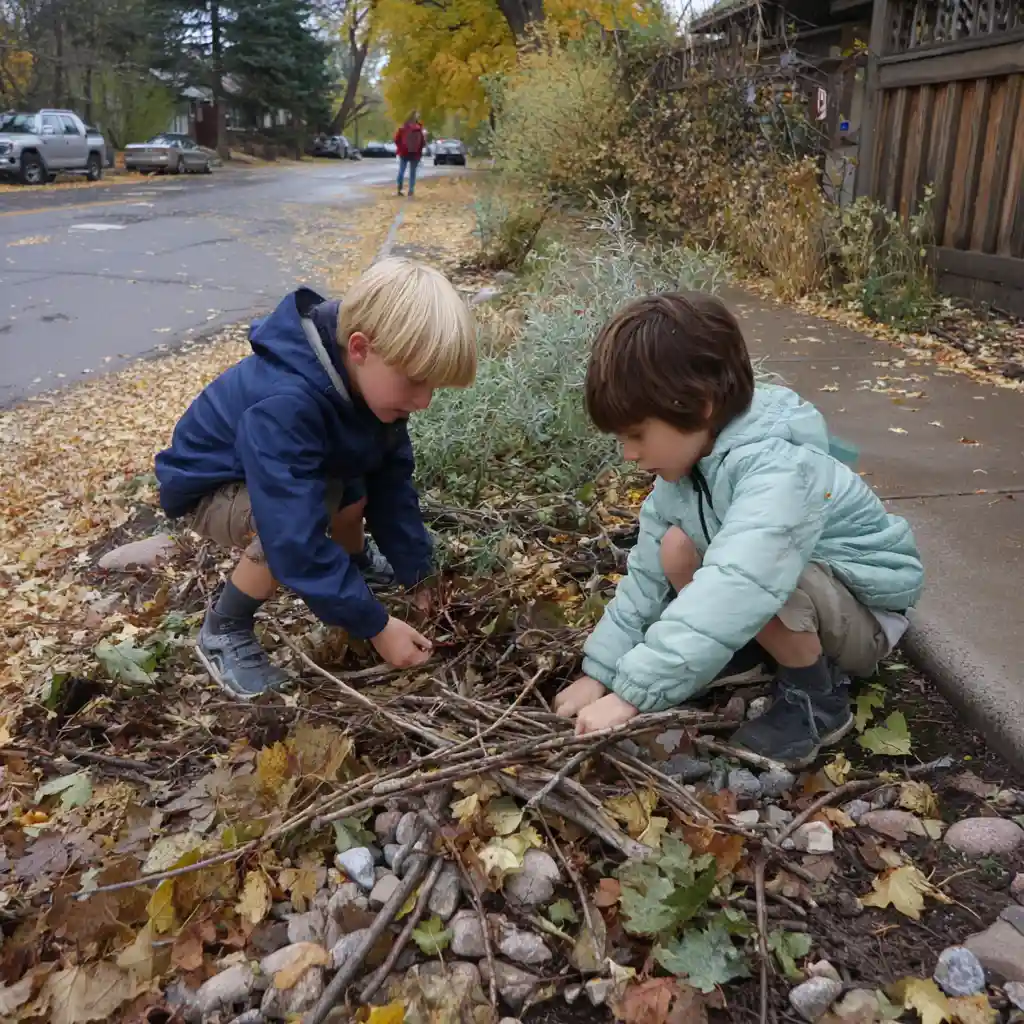
How to Play:
- Gather materials from the surrounding area.
- Build and test sculptures for stability and strength.
- Return natural items to their original locations after the activity.
Best for: Creativity with an engineering twist.
How to Adapt for Preschoolers: Offer pre-gathered natural items and focus on stacking or simple shape-building without strict rules.
6. Egg Drop Challenge
Students design a container to protect an egg from breaking when dropped from a set height. This fun STEM activity demonstrates air resistance and the importance of iteration in design.
Materials Needed: Popsicle sticks, paper plates, tape, cardboard, and other recycled materials.
How to Play:
- Students build their egg-protecting device.
- Drop from different heights to test results.
- Discuss why certain designs work better than others.
Best for: Problem-solving and teamwork for and preschool aged learners and older kids.
How to Adapt for Preschoolers: Use a plastic egg or a small ball to avoid mess, and drop from low heights for safety.
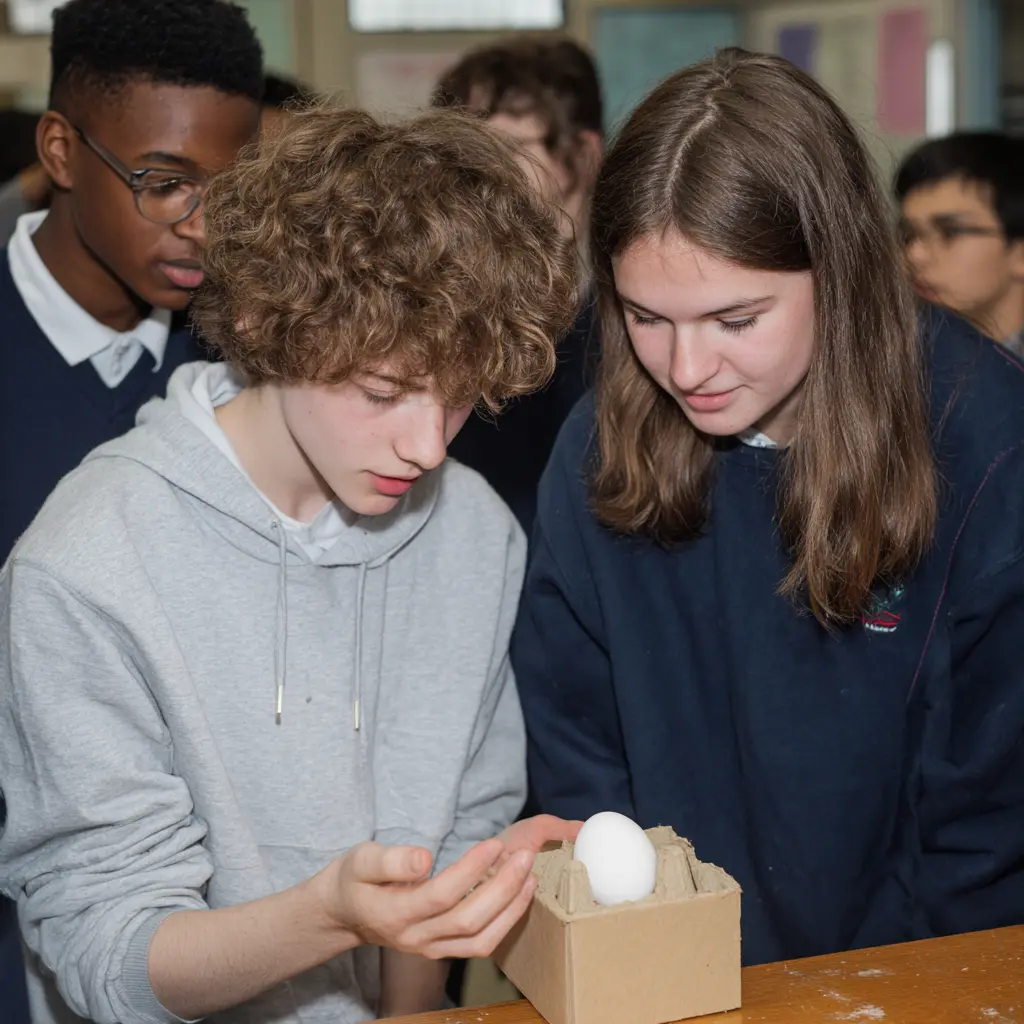
7. Solar Oven Cooking
Students create a solar oven using a pizza box, aluminum foil, and plastic wrap to trap heat and cook food. This activity blends science, engineering, and tasty treats without the need for a lot of materials provided.
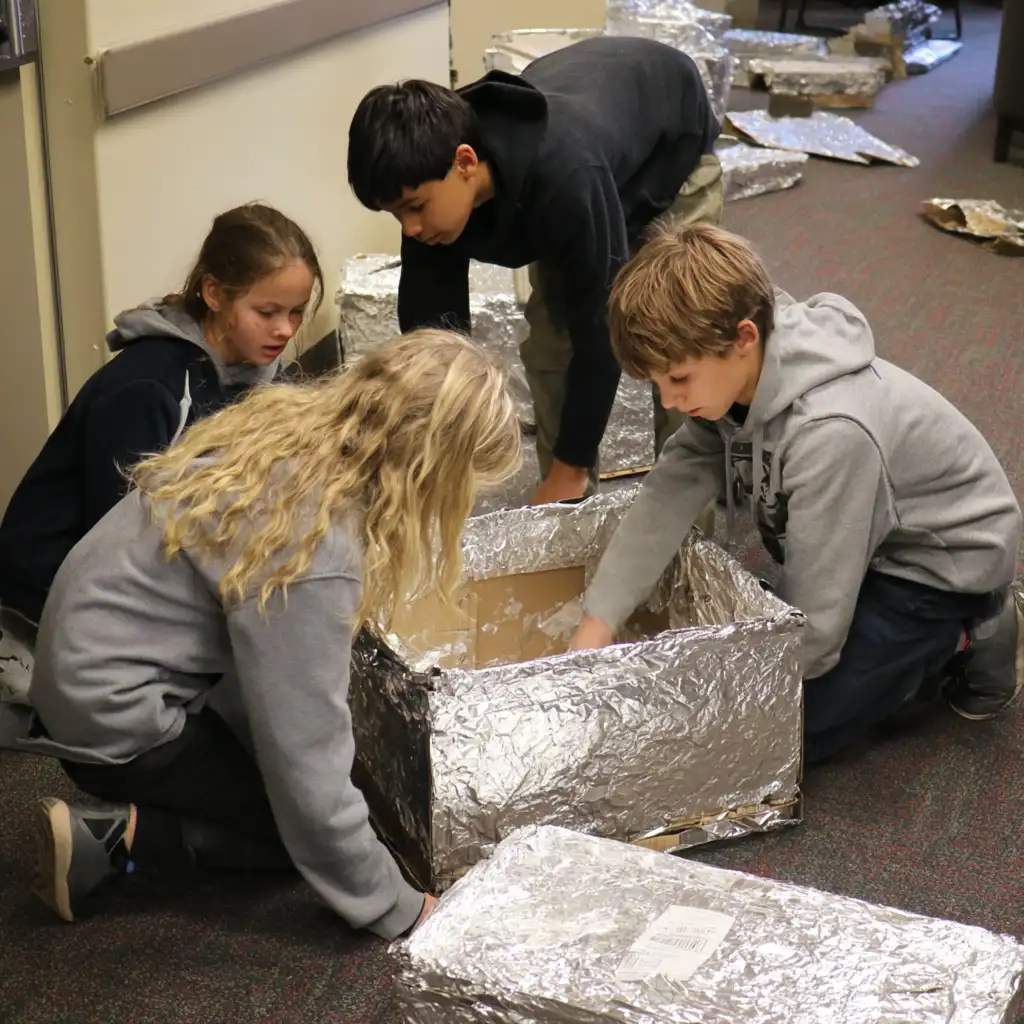
How to Play:
- Build the oven following simple design steps.
- Place food inside (like s’mores) and monitor temperature over time.
- Discuss how sunlight can be used as an alternative energy source.
Best for: Alternative energy exploration and hands-on experimentation.
How to Adapt for Preschoolers: Pre-cut and assemble most of the oven, letting them help place the food and observe the cooking process.
8. Soap Bubble Science
Kids create their own soap bubble solution with just a few ingredients, then experiment with different tools to produce bubbles. This project inspires curiosity and lets kids experiment with variables while playing.
How to Play:
- Test which shapes and materials make the largest bubbles.
- Experiment with adding glycerin or corn syrup to improve bubble longevity.
- Discuss how surface tension affects bubble formation.
Best for: Exploring chemistry and physics concepts at an early age.
How to Adapt for Preschoolers: Use large bubble wands for easier handling and focus on watching the bubbles float and pop.

9. Longest Paper Chain Challenge
Give students paper strips and tape to see who can build the longest paper chain within a time limit. This is a simple STEM bin activity that requires only paper, tape, and creativity.
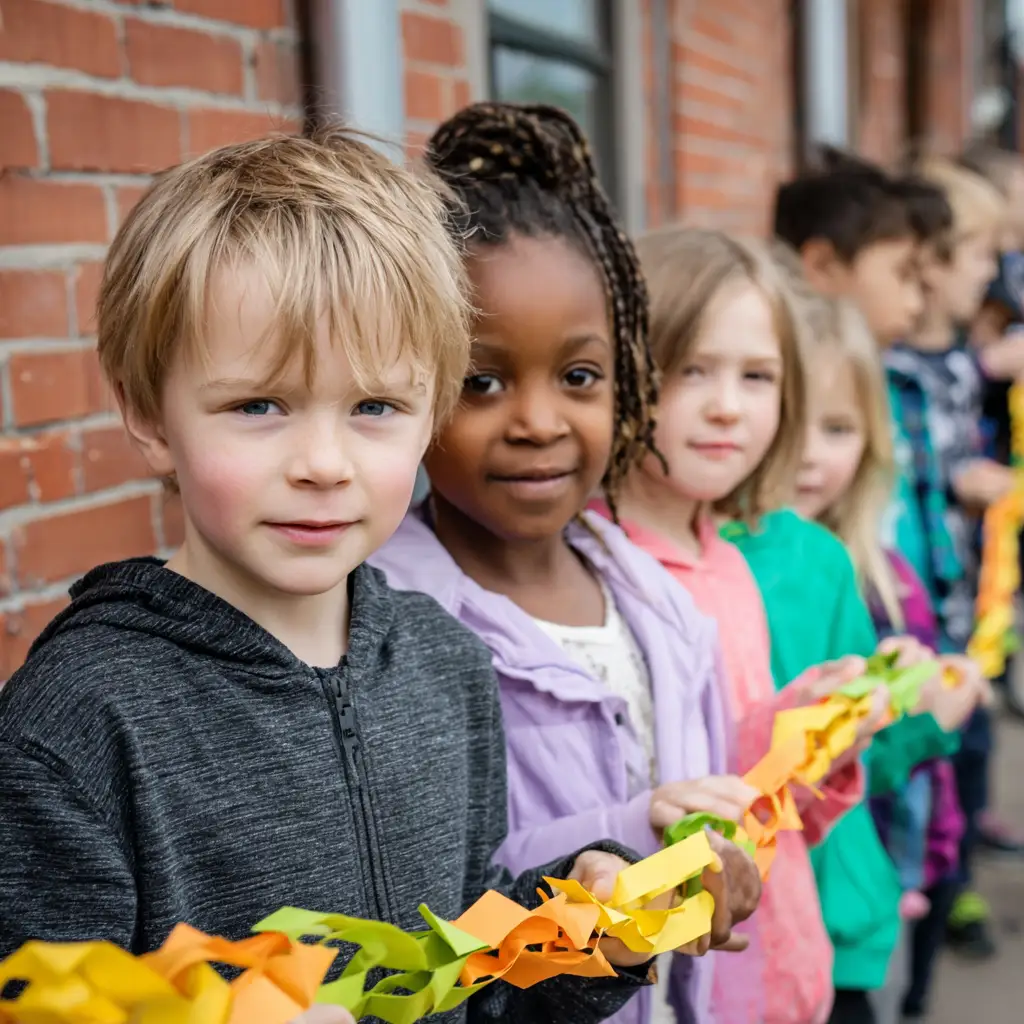
How to Play:
- Decide on a time limit (10–15 minutes works well).
- Encourage students build efficient connection methods.
- Measure and compare results, discussing how to improve length with less material.
Best for: Measurement, estimation, and strategy.
How to Adapt for Preschoolers: Use wider strips and pre-cut pieces so younger children can focus on taping and linking the chain.
10. STEM Plays and Amusement Park Design
Challenge students to design and build a small-scale amusement park ride or interactive STEM play station using recycled materials. This project integrates art, engineering, and science, and can be a highlight in any set of students’ favorite STEM activities.
How to Play:
- Brainstorm ride ideas inspired by real amusement parks.
- Build models and test movement or load capacity.
- Share designs and explain the engineering principles behind them.
Best for: Large-scale creative projects.
How to Adapt for Preschoolers: Provide pre-made components like cardboard tubes, spools, and cups so they can assemble simple “rides” without complex tools.
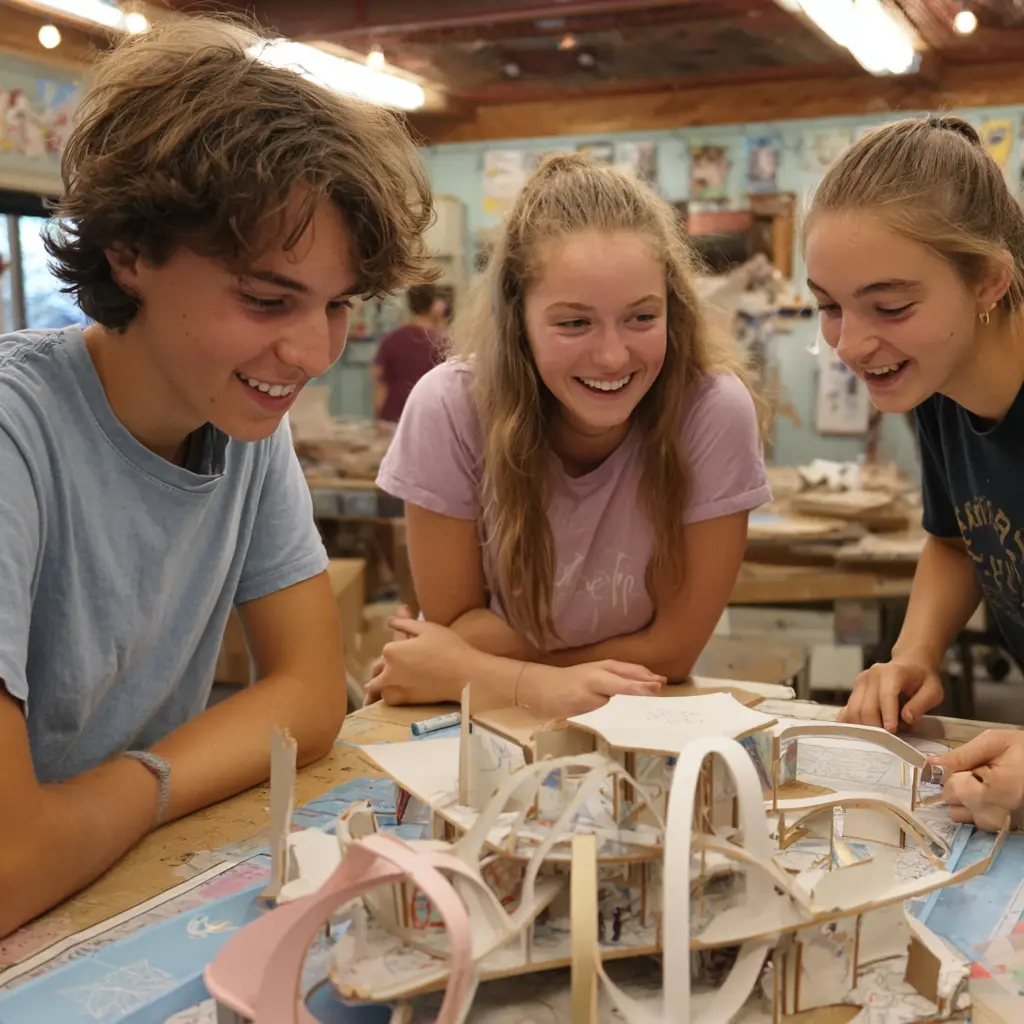
Choosing the Right STEM Activities for Your Child
The best outdoor STEM activities match your child’s age, interests, and skill level. Younger kids may enjoy scavenger hunts or leaf rubbings, while older ones can take on coding projects, engineering challenges, or environmental science experiments. Choose activities that can be easily adapted at home or outdoors to build confidence and newfound skills.
How to Keep Kids Motivated for Daily STEM Play
- Explore nature with a magnifying glass to observe insects, plants, and patterns.
- Turn errands into learning by comparing prices or estimating totals at the store.
- Keep a bin of recycled materials for quick builds or engineering challenges.
- Cook together, letting kids measure, mix, and predict outcomes with just a few ingredients.
- Set small challenges like building a popsicle stick bridge that holds the most weight.
- Combine STEM and art by making a detailed drawing or designing a marble maze.
- Visit places like amusement parks or a local nature center to connect STEM to real life.
- Try beginner-friendly coding apps to inspire creativity and problem-solving.
- Track weather, plant growth, or bird sightings with a simple chart.
- Celebrate progress to keep motivation high.
Bringing STEM Learning to Life at Primary Beginnings
At Primary Beginnings, our three 5-star Raleigh preschools integrate valuable STEM activities into everyday learning, helping children develop critical thinking, problem-solving, and confidence from an early age.
To learn more about our early education programs or to schedule a tour of one of our campuses, fill out the form below or call us today at 919-790-6888 for or Spring Forest location, 919-615-0752 for our Falls Of Neuse location, and 919-785-0303 for our North Hills location.
